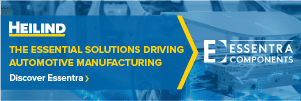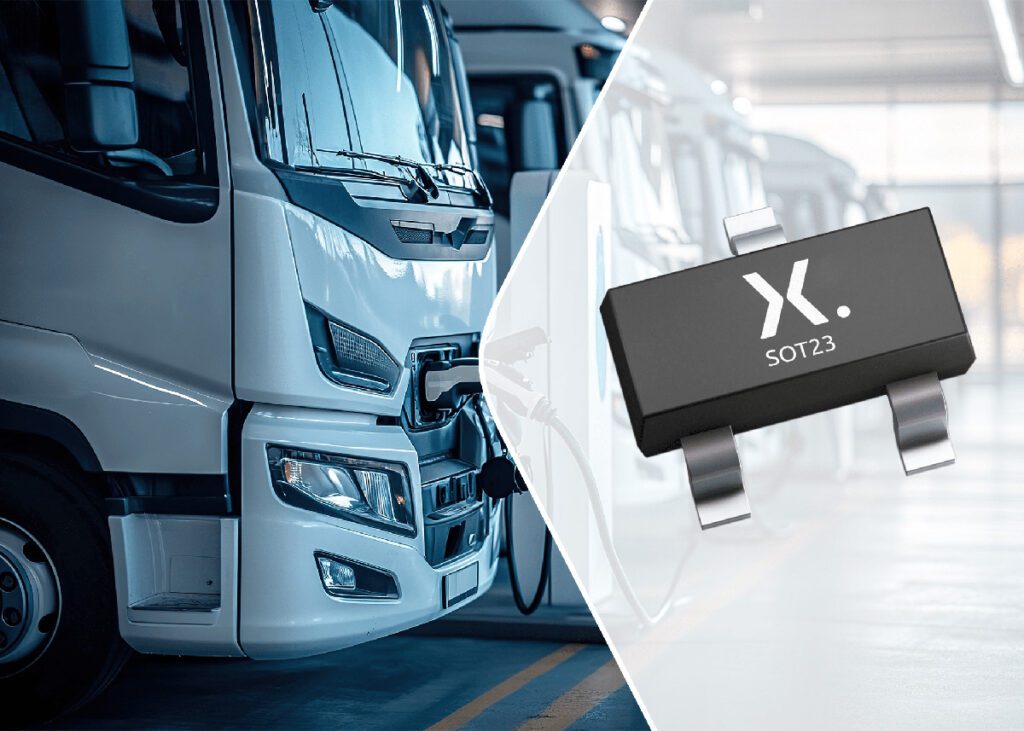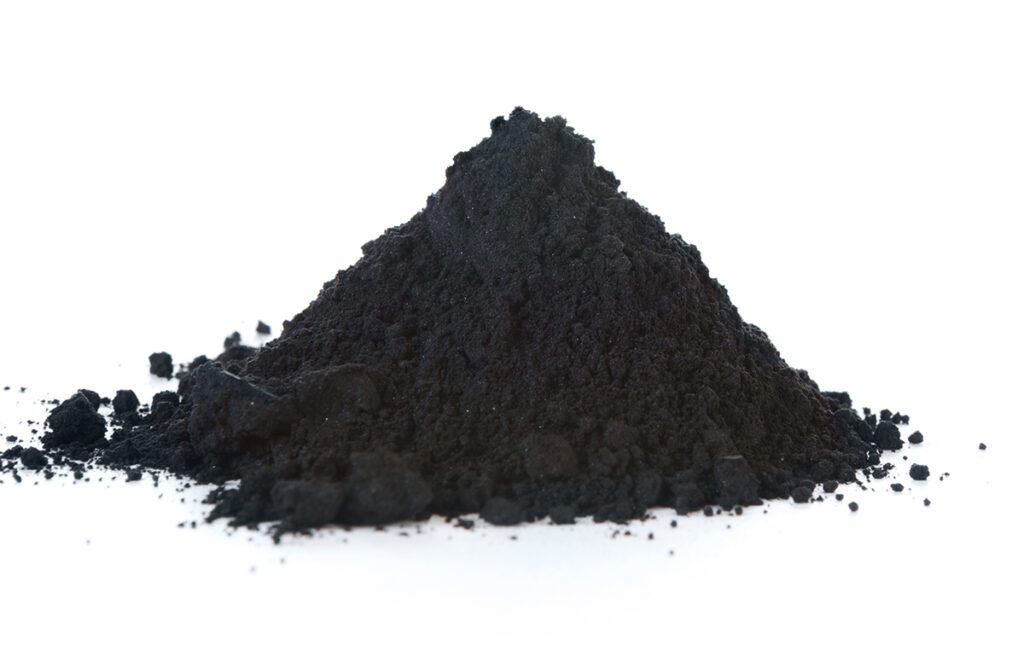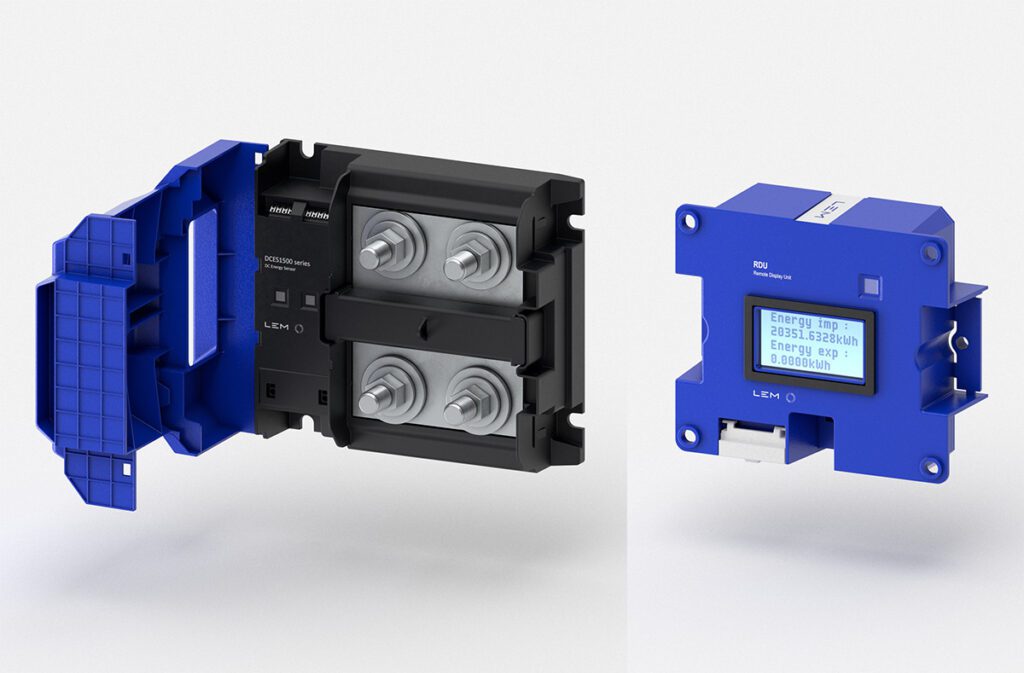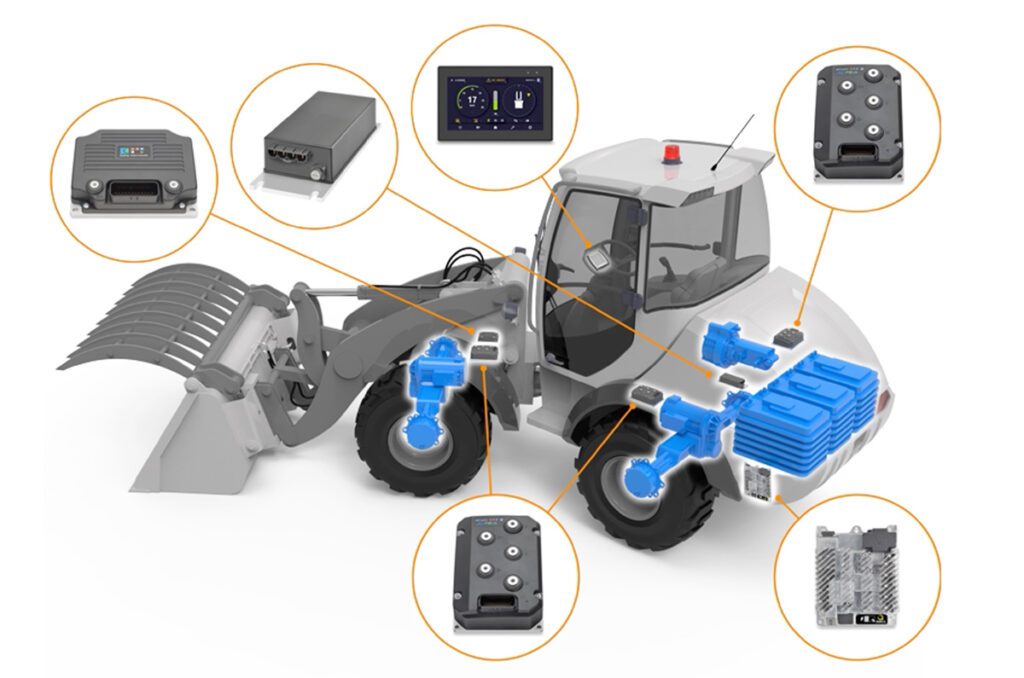Q&A with former EPA exec Margo Oge
Federal emissions and fuel economy regulations have been instrumental in encouraging (or coercing) automakers to produce EVs, and to make their legacy vehicles cleaner. Since President Nixon signed the Clean Air Act in 1963, federal regulations aimed at reducing air pollution have gradually grown stronger. Under President Obama, the EPA set the first federal greenhouse gas standard for cars.
The Trump administration attempted to throw this process into reverse by watering down the federal standards. President Biden has made it clear that he intends to strengthen environmental regulations across the board, and his administration is expected to reinstate the Obama-era emissions standards, and possibly go beyond them. However, this can’t be done with the stroke of a pen. Government rule-making is a long and complex procedure, and even the experts aren’t always able to explain how it works.
To get an idea of how the process of reinvigorating US emissions and fuel economy standards is likely to proceed, Charged spoke with Margo Oge, who served as the Director of the EPA’s Office of Transportation and Air Quality from 1994 to 2012. Ms. Oge led the team that authored the 2010-2025 Light-Duty Vehicle Greenhouse Gas Emissions Standards, and described the process in her 2016 book, Driving the Future.
Charged: The body of federal and state air pollution regulations encompasses both emissions and fuel economy standards, and generates an astounding number of acronyms. Can you parse the alphabet soup for us?
Margo Oge: Let’s see if we can simplify it, because you are absolutely right—it’s pretty complicated. [I’ll give you] a little bit of the history. The Clean Air Act allows the EPA to address pollutants coming out of the tailpipe of a car. The traditional pollutants [are] nitrogen oxides, volatile organics, and particulates. So, the EPA traditionally has used the Clean Air Act to reduce emissions from the transportation sector.
A petition came to EPA in the early 2000s, asking the agency to reduce greenhouse gas emissions from cars. California, at the same time, was moving to establish their own greenhouse gas standards. The case went all the way to the Supreme Court, and in 2007, the Supreme Court basically said that greenhouse gases are pollutants, and if they endanger public health and the environment, [the EPA can] regulate them.
So that was the basis for the EPA, under President Obama in 2009, setting the first federal greenhouse gas standard for cars. EPA then worked with the state of California and NHTSA, which sets fuel economy standards—in the mid-1970s, President Ford established the law that NHTSA is using to improve fuel economy, and the basis was not climate change, but energy security.
So, the three agencies came together: NHTSA for fuel economy, EPA for greenhouse gases and [CARB in California], and tried to put together a national program. One of the greenhouse gas pollutants is CO2, and when you improve fuel economy, you also reduce CO2. So that’s the loose relationship between the two, but regulating CO2 doesn’t do anything for the other greenhouse gases that EPA regulates [fluorinated gases, methane and nitrous oxide].
Charged: So, the EPA regulates emissions of pollutants. What about the Corporate Average Fuel Economy (CAFE) standards?
Margo Oge: NHTSA [the National Highway Traffic Safety Administration] sets those under EPCA [the Energy Policy and Conservation Act, enacted in 1975 in response to the 1973 oil crisis]. That’s where the CAFE standards originate.
We used our existing laws to set standards that were complementary. So, for a car company, if you follow EPA standards, you would be meeting NHTSA standards as well.
Under President Obama, we set the first set of standards [for model years] 2012 to 2016, and the second set for 2017 to 2025. EPA said, we’re going to do a midterm review that will potentially affect 2021 forward, and when Obama left office, the agency did the midterm review, and concluded that the standards can be met by the car companies, no changes needed to be made for 2021 to 2025.
President Trump came to office and decided, because the car companies asked him to, that the standards cannot be met. “It will cost millions of jobs.” So instead of [mandating] 5% annual improvement from 2021, they decided to roll back the standards to 1.5% annual improvement, which is what the industry meets, regardless of if there is a standard or not. So in reality, President Trump killed the standards for 2021 to 2025. And the other thing he did was to take regulatory steps to take away the authority from the state of California to set their own more stringent standards.
Now President Biden has done two things: He said to the agencies, EPA and NHTSA, “By April, you need to restore the California authority.” California legally should be able to do their own standards under the Clean Air Act. They have done it for 50 years.
The second action President Biden took is that, by July, EPA and NHTSA should propose a program to restore, fully or partially, [the standards as they were] under Obama. So, the agencies have a number of options. They can adopt the [previously agreed] Obama standards, or they can look at the [2019] deal that California cut with the five car companies [Ford, Honda, BMW, Volkswagen and Volvo], which was a little bit less stringent than the Obama standards. So, the agencies can adopt the California standards, they can adopt the Obama standards, or they can do something in between—the White House is not dictating to the agencies what to do.
So, that’s the work that is going on. But, in my view, the most important work will be what happens after 2025, after you fix the impact of the wrong decisions under the Trump administration that have put the country behind Europe. Europe is ahead of even the Obama standards.
And look at what’s happening with all the car companies, all the investments that they’re making. You have companies like Volvo and GM saying, “We have an aspirational target—all new sales for vehicles are going to be a hundred percent electric in 2035.” You have the state of California [saying that] all new sales should be electric in 2035. You have 13 states that follow California that will adopt the same program. So, in my view, the work that is going on right now is very important, but the more important work will be beyond 2025. How does President Biden set the future standards that could impact 2030, and maybe beyond that?
Charged: Once the agencies announce their decision about what standards we’re going to have now, will there be legal challenges?
Margo Oge: Yeah. The agencies will make proposals, but legally, they cannot have final action. So, they’re going to allow some time for public comments, maybe 60 days, and then the agencies will finalize their action, maybe by the end of the year or the beginning of the following year. And yes, there could be legal actions. The Department of Justice under Biden has put a hold on all the legal challenges that came from 22 states, the NGO community and others challenging Trump’s standards, and the Biden administration has decided that they’re going to defend their own standards.
In my view, if President Trump had made it for a second term, they would have lost the legal challenge under both the Clean Air Act and EPCA, because the standards were not set on a legal economic basis. President Trump’s agencies came up with a lot of fictitious and fictional science. If you’re adopting a standard that [calls for] 1.5% annual improvement, when the industry historically has improved fuel economy about 2% annually, well you’re not pushing the envelope, you’re not doing anything.
I’m very confident that whatever Biden is going to come up with will be on much stronger legal footing. There could be challenges—a car company can say they’re too strong, but even if President Biden adopts the Obama standards, legally, [automakers] are going to have a very difficult time to challenge those standards.
The Clean Air Act is a technology-forcing standard, so basically the technologies are there, and it’s cost-effective, we know that from our analysis under the Obama administration. And I think the data is even stronger now, given all the new technology. I think it will be impossible for the car companies to succeed [in challenging the new standards]. I think the biggest problem that they may have is that the environmental community will say it’s not stringent enough, given what we know today.
We’re seeing it in China, we’re seeing it in Europe. Given the fact that the cost of an electric vehicle and the similar model of a gasoline or diesel will be the same even earlier than 2024, I think we’re going to see the Biden administration be ambitious.
Charged: When the EPA is setting these standards, I imagine they consult with the automakers and their engineers, in terms of what kind of technologies they need to have to meet the standards.
Margo Oge: Absolutely. But also, don’t forget that EPA has hundreds of engineers in our lab. When we did the greenhouse gas standards for 2025, EPA was working with a number of consulting companies, and we took apart hybrid vehicles. We took apart thousands of pieces and we costed them out.
So, EPA has significant engineering expertise in their lab to understand technology. When I was there, we hired engineers from GM, from Ford, from Chrysler, from all kinds of companies. So, they understand the design of cars, but they do have discussions, technical person to technical person, with the car companies. And the same thing with California. [CARB] has hundreds of engineers and they now have a new laboratory, so there is expertise—they don’t develop standards in a vacuum.
Charged: Let’s look beyond 2025 or so, to when the real action may get started. What might we see the federal government doing in that timeframe? And when will we find out about that?
Margo Oge: I have [had] some discussions—they’re confidential so I’m not going to disclose anything, but I’m very hopeful that the administration is going to be ambitious, because of what President Biden has already indicated. He cares a lot about climate change, but also cares a lot about jobs. He has announced that he’s going to create a million new jobs for the automotive industry. He talks a lot about domestic manufacturing. He talks about 500,000 charging stations. I cannot say [exactly] what they’re going to do, but I’m very optimistic that we’re going to see a transition to electrification because of climate change.
We’re seeing it in China, we’re seeing it in Europe. Given the fact that the cost of an electric vehicle and the similar model of a gasoline or diesel will be the same even earlier than 2024, I think we’re going to see the Biden administration be ambitious. But let’s not forget, that’s going to take a big transition, so it has to be done very carefully, very thoughtfully. I think that the laws are in place to do standards, but President Biden needs to do new legislation for infrastructure, negotiate budgets to create support for the car companies…there’s a lot of things that need to happen. It’s beyond setting standards—standards have to be set along with economic policies.
Charged: Would you agree that the influence of Tesla has been even greater than the government standards?
Margo Oge: Yes, yes. And you could quote me on that. I strongly believe that. I drive a Tesla. It is just an amazing car. What this man has done, single-handed…he’s going to go down in the history books. Forget about standards policies, he has forced every major manufacturer to rethink their products.
State regulations also play a vital role in cleaning up our air, and they interact with federal standards in complex ways. For more insights about the future of fuel economy and emissions rules, read our interview with California environmental lawyer Maureen Gorsen.
This article appeared in Charged Issue 54 – March/April 2021 – Subscribe now.






